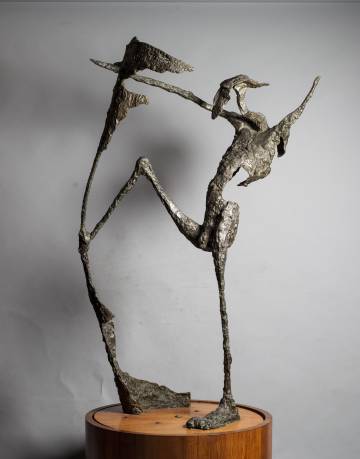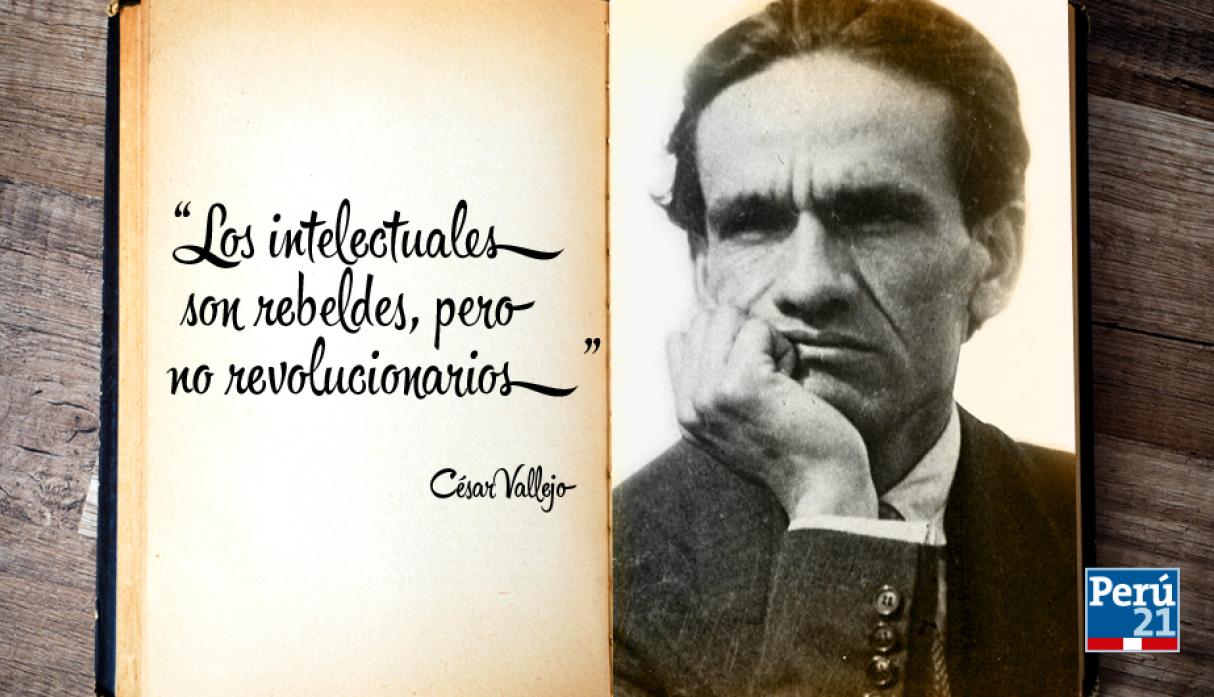Andean
cultures have cultivated their arts traditions for thousands of years. Early
artists created works using gold and silver with ceramics and stone. Complex
stone carvings and sculptures were common. Every aspect of life was a candidate
for art or decoration, even in death. The Paracas Necropolis proved to be an
excellent example of both structural art, ceramic art, and complex textile art
that uses geometric designs, and a lot of it was tied in with local deities and
other religions context.
Some
of these early civilizations not only developed art, but their cities as well:
the Wari Civilization developed town planning and the Mochicas developed
hydraulic engineering and terrace cultivation. The use of bronze during the 9th-13th
centuries contributed to the development of tools, which helped with these
advancements as well.
After
the Spanish arrived, they introduced the indigenous people to European styles
of art and painting. They established the first art school for teaching Quechuas
in the city of Cusco. Not only did these artists mimic the style, but the
subjects were dressed in Western apparel.
The 19th
and the 20th centuries brought the introduction of Neoclassical styles
and Romanticism, and photography became a thing. Media art, sculptures,
contemporary art, and technology art all became mediums that emerged during the
latter part of the 20th century. Teresa Burga is one artist who
helped to push these new styles. Cristina Gálvez was another prominent artist
and art educator.
Not a
whole lot is known about the earliest literary works of the Incas and other
pre-Columbian societies. It’s assumed that there was a history of oral
storytelling, but there was also evidence of epic poetry. Many of these were
centered around daily life and spiritual rituals.
After
the Spanish arrived, the Spanish language was introduced to those who were
already thriving there. Many of the writings during this time were typically on
chronicling daily life and the land as well as activities and historical
accounts. And actually later on, there were several indigenous people who wrote
down histories and folklore of their tribes and culture.
During
the 16th and 17th centuries, there was a shift in
literary style where writers began to favor more European styles. Neoclassicism
became a widely popular genre and was favored well into the 19th
century. The 19th century also brought along the introduction of
Modernism and Romanticism as well. By the time the 20th century came
around, writers had embraced Modernism and were really making a name for
themselves as part of the global literary scene. During the 1920s, two
magazines were published as an outlet for the Avant-Garde literary movement.
Writers and poets like César Vallejo and José Carlos Mariátegui were prominent
proponents of this scene. Today, Peruvian writers span all genres including
children’s lit. One of the more well-known writers today is Jaime Bayly whose
novel No se lo digas a nadie has been
made into a movie.
Up
next: music and art






No comments:
Post a Comment